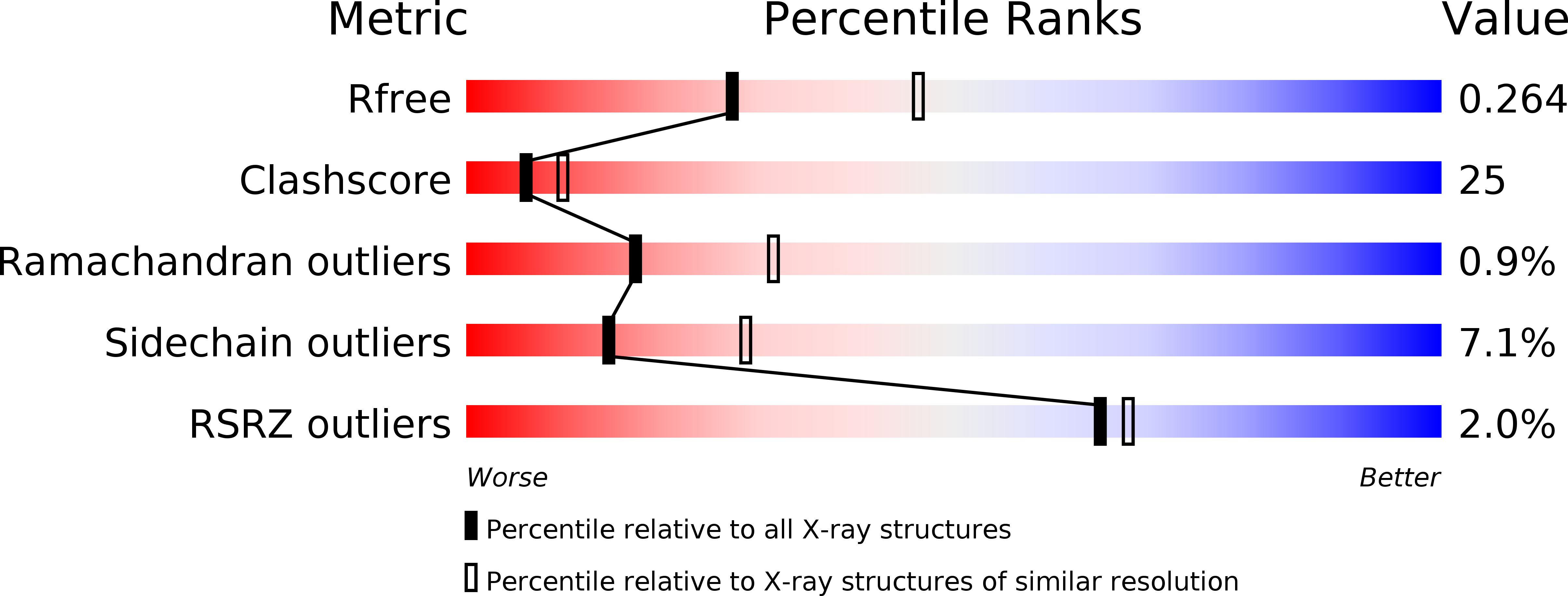
Deposition Date
2002-09-03
Release Date
2003-06-10
Last Version Date
2024-02-14
Entry Detail
PDB ID:
1MMF
Keywords:
Title:
Crystal structure of substrate free form of glycerol dehydratase
Biological Source:
Source Organism:
Klebsiella pneumoniae (Taxon ID: 573)
Host Organism:
Method Details:
Experimental Method:
Resolution:
2.50 Å
R-Value Free:
0.26
R-Value Work:
0.22
Space Group:
P 1 21 1


